
Every year, we say how much has changed in the industry – and every year, we’re right.
It never ceases to amaze me how much SEO constantly refines itself to more sophisticated Google guidelines and smarter, savvier searchers. Think about it: Since 2011, Moz has counted more than 83 major algorithm updates to the search engine giant.
That’s 83 times we’ve had to change our tactics in three years! Can you think of any other industry that has gone through that much fluctuation? Unlikely.
So, as part of the end-of-year trends, let’s take a look back on everything that went down this in 2014.
January
Expedia was the first big brand of the year to get reportedly hit by a penalty for unnatural link building. Rankings plummeted, and Searchmetrics suggested the company lost 25% of its visibility in Google because of the penalty.
Matt Cutts put the hammer down on guest blogging, urging any SEO using this tactic as a way to build links to cease fire of suffer the consequences.
Rap Genius is finally back on Google after getting doled a manual penalty in late 2013 for link schemes.
Google announced a new Googlebot user-agent for crawling mobile content. “Googlebot-Mobile” was retired in place of the standard Googlebot, causing webmasters to update their robots.txt and technical structure of their site for mobile optimization.
February
In late 2013, Google moved to 100% secure search, thus taking all of our keyword data with it. By February, Not Provided had topped more than 80%.
March
Webmasters started chatting about an update after seeing fluctuations in Google’s search results. Google never confirmed an update, but SERPs.com (among many others) noted a heavy increase in Google’s index volatility.
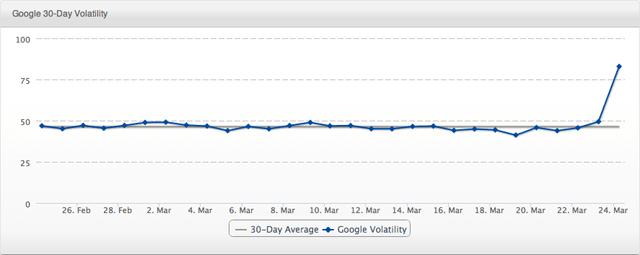
Google redesigned its SERPs for desktop users, removing underlined hyperlinks, increasing the font size slightly for title tags, and changing how ads are displayed.
April
The Heartbleed bug was revealed. Google, Rackspace, AWS and a host of security software used by millions of websites were affected, causing serious privacy concerns among anyone who uses the Internet.
Vic Gundotra, head of Google+ and Google’s social efforts, announced his departure from Google. Many questioned what this would mean for Google+ and its integration into organic search results. TechCrunch got word from multiple sources that Google+ will no longer be a product, but a platform, thus ending competition with Facebook and Twitter.
May
Panda 4.0 rolled out, the next wave in targeting sites with low quality content. Ask.com and RetailMeNot were among the big brands affected by the change.
eBay is the latest big brand to get hit by a (speculated) manual search engine penalty in addition to the Panda 4.0 update. eBay later suggested that this cost the business $200 million in revenue.
June
Authorship photos in SERPs listings were removed. Many questioned if this was the end to the entire program itself.
Google hosted its main event of the year, I/O 2014, where it announced news about the company and its future vision, including a new, consistent design across Chrome, Android and the web, an updated visual element to search, and wearables. You can read more about all the announcements at Verge.
July
Google added another animal to the algorithm apocalypse, releasing a local search algorithm update dubbed “Pigeon.” This update drastically changed which factors Google looks at when determining local rankings, including stronger ties to traditional web ranking signals.
Matt Cutts announced he was going on leave from Google, planning to return in October, and leaving his web spam duties behind. People panicked but were, on the whole, supportive.
Groupon ran a study showing that 60% of its direct traffic was actually organic search traffic, proving something many SEOs had long thought about their own “direct” traffic. Following that experiment, Conductor updated their 2013 study of web traffic, claiming that now 64% of all web traffic was from organic search.
August
Google announced that it would begin using HTTPS as a ranking signal, encouraging everyone to move from HTTP to HTTPS. This was seen as a sign that Google is trying to take this whole Internet privacy thing seriously.
We all saw this coming: Two months after the removed authorship photos, Google abandoned its Authorship program, which aimed to provide a stronger tie between content writers and content publishers.
The blogosphere was all abuzz over an influx of negative SEO extortion emails in which someone claimed they’d ruin your site’s rankings unless you wired them $XX amount of money.
September
Dentsu Aegis Network, a multinational media and digital communications company, acquired Covario, one of the largest search agencies in the United States. Rio SEO, Covario’s software business, was not a part of the deal.
Searchmetrics released their 2014 SEO Ranking Factors. High quality content, strong page architecture, and user signals saw the biggest increases in affecting ranking, while keyword links and social signals both decreased in value.
October
Authority Labs released one of the most comprehensive organic CTR studies. It segmented out desktop and mobile clicks, branded and non-branded keywords, and search intent (e.g. informational vs. transactional).
Google finally refreshed Penguin, the algorithm filter that targets web spam, over optimization and unnatural links. This was particularly noteworthy because it meant that everyone who was hit by the last Penguin and submitted a reconsideration request could finally get the opportunity to be reinstated into Google’s good graces.
Microsoft laid off Duane Forrester, Bing’s longest-serving face to the SEO community, not to mention the darling of the industry, having just won Search Personality of the Year.
Just a day later, Cutts decided Google web spam hadn’t crumbled in his absence and extended his time off until 2015. Speculations of a pending retirement ensued.
November
Google ditched its Local Carousel for hotels, restaurants, nightlight and entertainment. The SEO industry rejoiced.
Mobile became even more important to SEO as Google rolled out the mobile-friendly search label for mobile search results and a mobile friendly test tool in Google Webmaster Tools. This was the beginning of Google experimenting with a new ranking algorithm for mobile friendly sites.
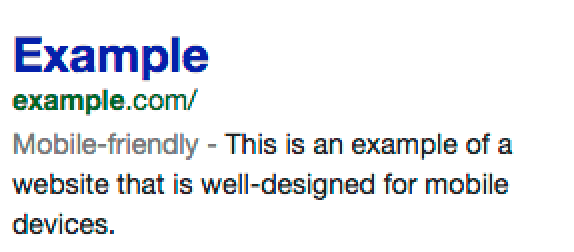
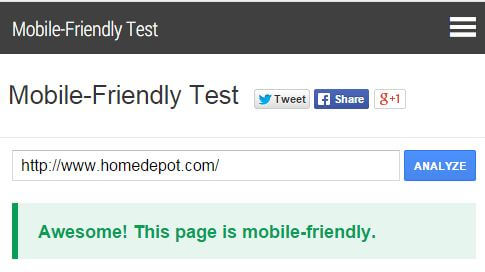
December
Bing released its version of Panda, and frankly, did a better job at outlining what it actually considers good content.

Stone Temple Consulting released an extensive Twitter engagement study of more than 4 million tweets. One of the big findings was that time of day had little to no impact on “retweetability.”
What a year, right? I know I didn’t get it all, so what did I miss? What else monumental happened in 2015?
Want to know more visit : www.arinesolutions.com



















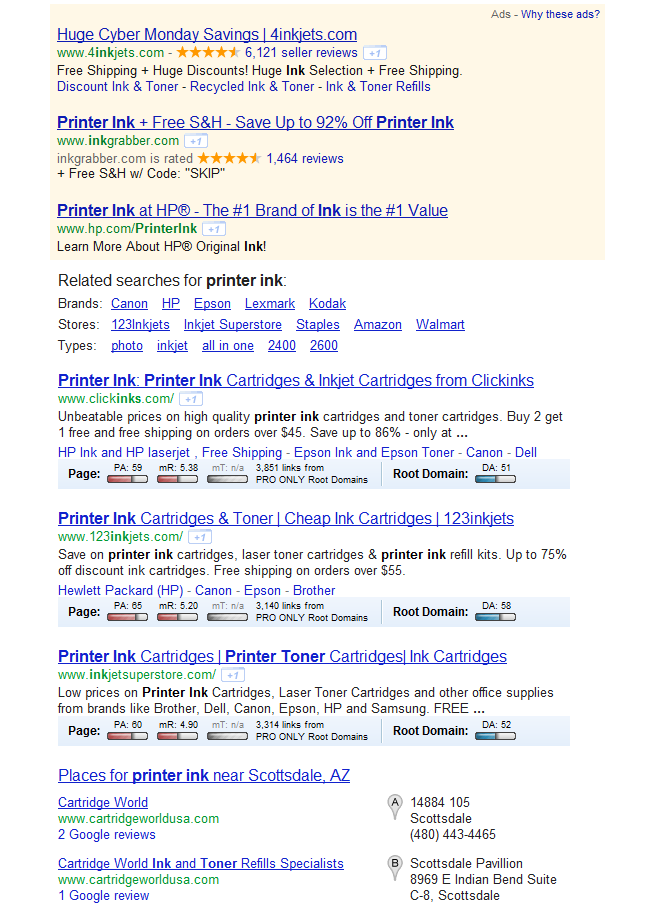
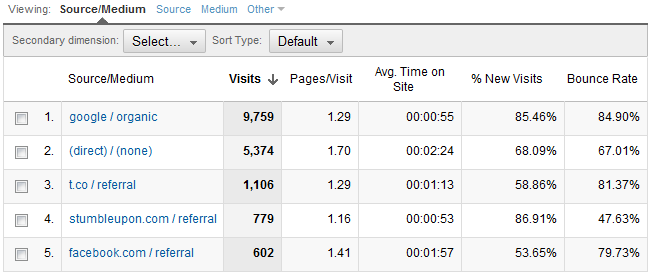
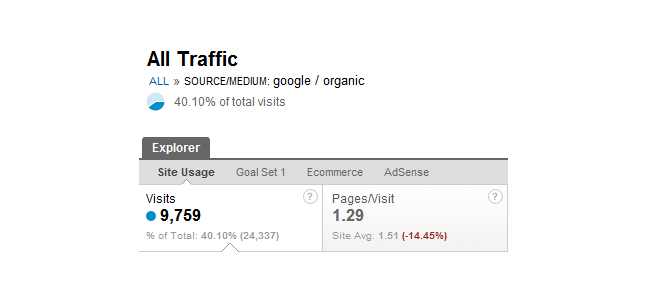





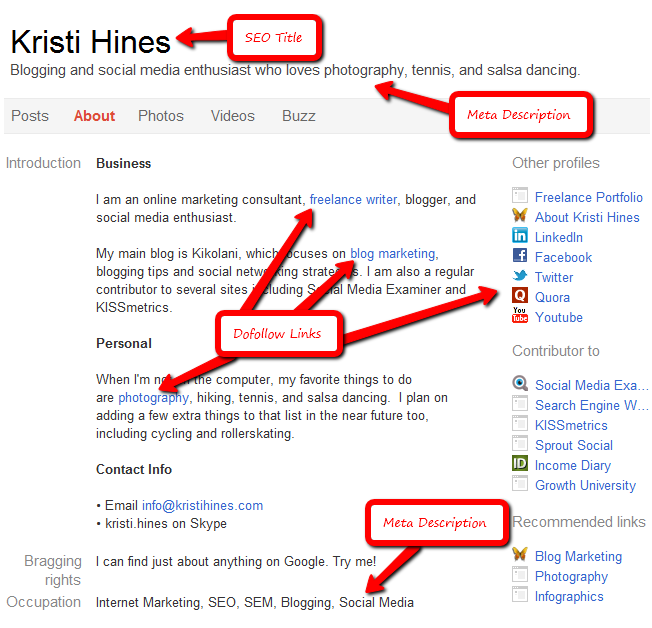

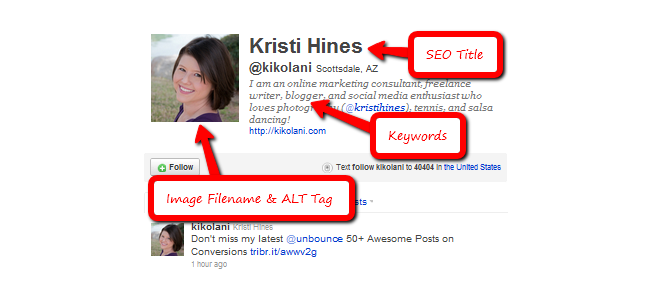
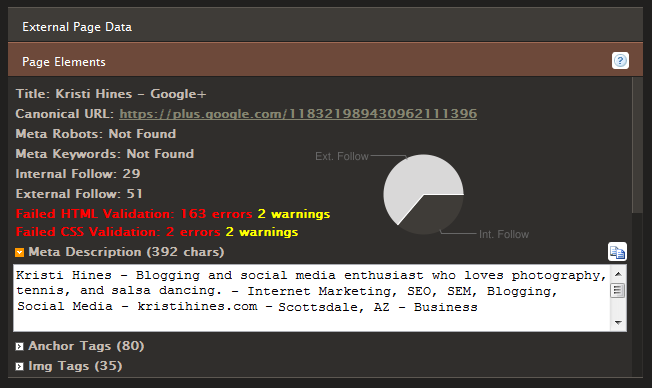

 Which is better for advertising, Facebook or Google? Check out our Facebook vs. Google Display Advertising infographic.
Which is better for advertising, Facebook or Google? Check out our Facebook vs. Google Display Advertising infographic. Facebook gives businesses a way to connect with users on a social, personal level in and intimate and friendly space, whereas Google is what people use when they are looking for something specific, and often looking to make a purchase.
Facebook gives businesses a way to connect with users on a social, personal level in and intimate and friendly space, whereas Google is what people use when they are looking for something specific, and often looking to make a purchase. WordStream conducted a Facebook vs. Google Plus research project in which we measured which social media site drove the most traffic to our site. We then illustrated our results in the Social Media Showdown: Facebook vs. Google+ Infographic.
WordStream conducted a Facebook vs. Google Plus research project in which we measured which social media site drove the most traffic to our site. We then illustrated our results in the Social Media Showdown: Facebook vs. Google+ Infographic. Facebook has long been demonized for altering users’ default privacy setting, resulting in users sharing more private information than they initially realized. Google hasn’t fared much better, receiving heavy criticism for combining the separate privacy policies for each of Google’s services into one, all encompassing new Google privacy policy.
Facebook has long been demonized for altering users’ default privacy setting, resulting in users sharing more private information than they initially realized. Google hasn’t fared much better, receiving heavy criticism for combining the separate privacy policies for each of Google’s services into one, all encompassing new Google privacy policy.